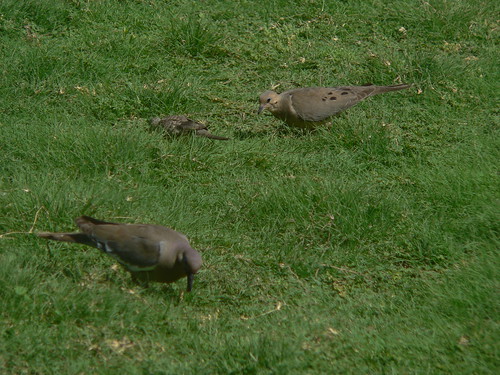
There are still some questions about buffalo grass performance in Phoenix:
- When will it turn brown this fall?
- When will it green up next spring?
- How easy or hard will getting rid of the remains of the Bermuda grass be?
- How little water can it get and still stay reasonably green next summer?
- What will it look like with no mowing?
The claims that have been verified, at least in my lawn, are that buffalo grass needs less mowing and less water than Bermuda grass. I have mowed the lawn 5 or 6 times since it was installed, compared to the 4 or more times a month that Bermuda grass requires. It needs less water to stay green than Bermuda grass - 40% less in my experience, perhaps even less than that next year. Read more!








